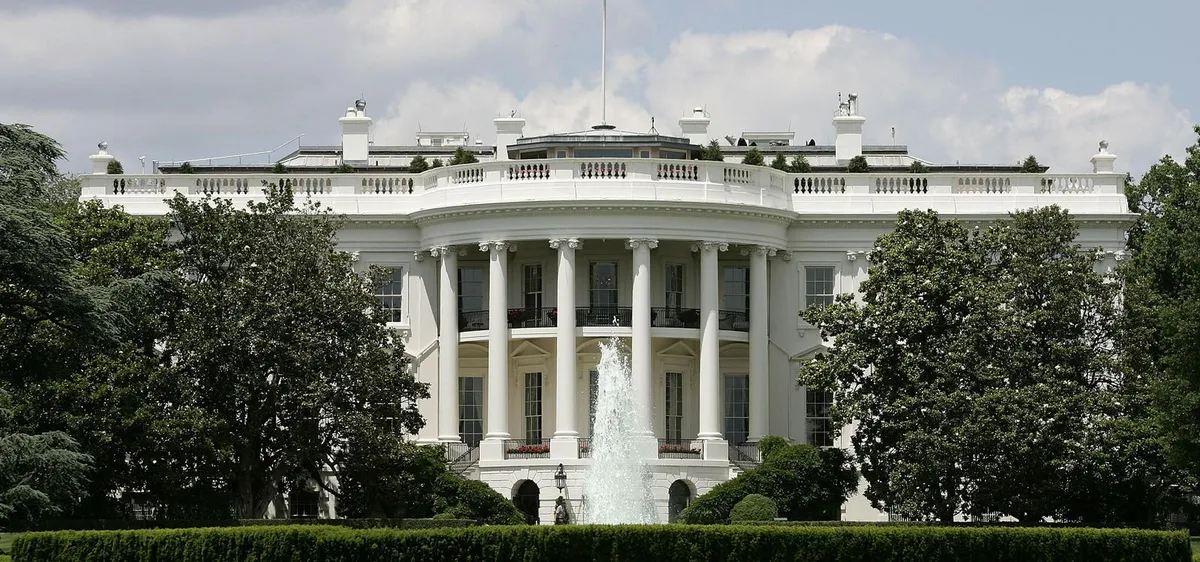
The latest pro-crypto policy event organized by the White House was the inaugural Crypto Summit, which brought together leaders and influential voices from across the digital asset space. This significant gathering occurred just hours after the White House announced the creation of the U.S. Bitcoin Strategic Reserve through an Executive Order, generating additional excitement and anticipation among investors and policymakers alike.
Notable attendees included prominent figures such as Michael Saylor, Brian Armstrong, and Brad Garlinghouse, along with other high-profile investors and policy advocates. The significance of the summit extended beyond the guest list; it represented a pivotal moment for crypto investors, highlighting the evolving landscape of digital assets in U.S. markets and the ongoing development of U.S. digital asset policy.
The White House Summit marked a crucial milestone, as it provided the crypto industry with a direct line of communication to the highest levels of government and policymakers in the United States. By inviting both Garlinghouse and Armstrong—who support the concept of a digital asset reserve but advocate for varying allocations—a robust dialogue was fostered. This exchange of ideas serves to alleviate investors' concerns about any single company dominating policy discussions.
While the White House Summit itself is noteworthy, it is essential to recognize that policy changes and potential legislation may take time to materialize. As these discussions progress, investors should keep several key takeaways in mind.
When then-candidate Trump spoke at Bitcoin 2024, reactions from the cryptoasset marketplace were mixed. Some participants were enthusiastic about a presidential candidate embracing the industry, while others had tempered expectations. Although the Trump administration is still in its early stages, it appeared to prioritize other domestic and foreign policy issues over the elevated status that crypto proponents had initially anticipated.
This reality, combined with the relatively slow pace of legislative progress, led to Bitcoin retreating from the $100,000 level it briefly reached after the election results. However, the recent Executive Order and subsequent comments from the White House and Crypto Czar David Sacks reinforce the government's commitment to supporting the crypto industry. The administration is actively exploring measures to 1) acquire additional tokenized assets and 2) reverse some of the burdensome regulations imposed by the previous administration.
In summary, with the U.S. Bitcoin Strategic Reserve now a reality and the formation of a digital asset stockpile underway, the U.S. policy apparatus appears committed to a pro-crypto stance moving forward.
In the lead-up to the White House Summit, David Sacks reiterated several crucial points that every crypto investor and policy advocate should be aware of. Firstly, the U.S. is developing and implementing a digital asset strategy for the first time since Bitcoin and other cryptoassets gained mainstream attention. Secondly, the administration's serious approach to the industry reflects the maturity that Bitcoin and other on-chain assets have achieved.
Particularly in the wake of the FTX collapse and subsequent fraud, any investment or support for the rapidly growing (yet still relatively nascent) cryptoasset ecosystem must be seen as above reproach. While the U.S. may not be the first nation to fully embrace Bitcoin and other on-chain assets at the policy level, the actions taken are being closely monitored and analyzed globally. By prioritizing transparency and collaborating with industry leaders to redirect policy thoughtfully, the U.S. strategy is poised to set a framework for other nations to follow.
Another important takeaway from the White House Summit is the increasing focus on crypto audits. One of the initial actions to be undertaken as both the U.S. Bitcoin Strategic Reserve and digital asset stockpile are established is a comprehensive audit of the assets owned and controlled by the U.S. government. Crypto audits have been a contentious issue within the marketplace, particularly following the fines imposed on Prager Metis and the exit of Armanino from the service area after FTX.
However, the backing and support from the highest levels of the U.S. government indicate a shift in this landscape. Greater transparency will not only enhance confidence in U.S. policy actions but will also lead to improved reporting consistency in the private sector. Ultimately, on-chain assets are financial instruments, and the ecosystem is long overdue for crypto-specific audit and attestation standards. Increased transparency, standardized reporting, and higher levels of trust within the ecosystem will serve as tailwinds for the entire crypto space.